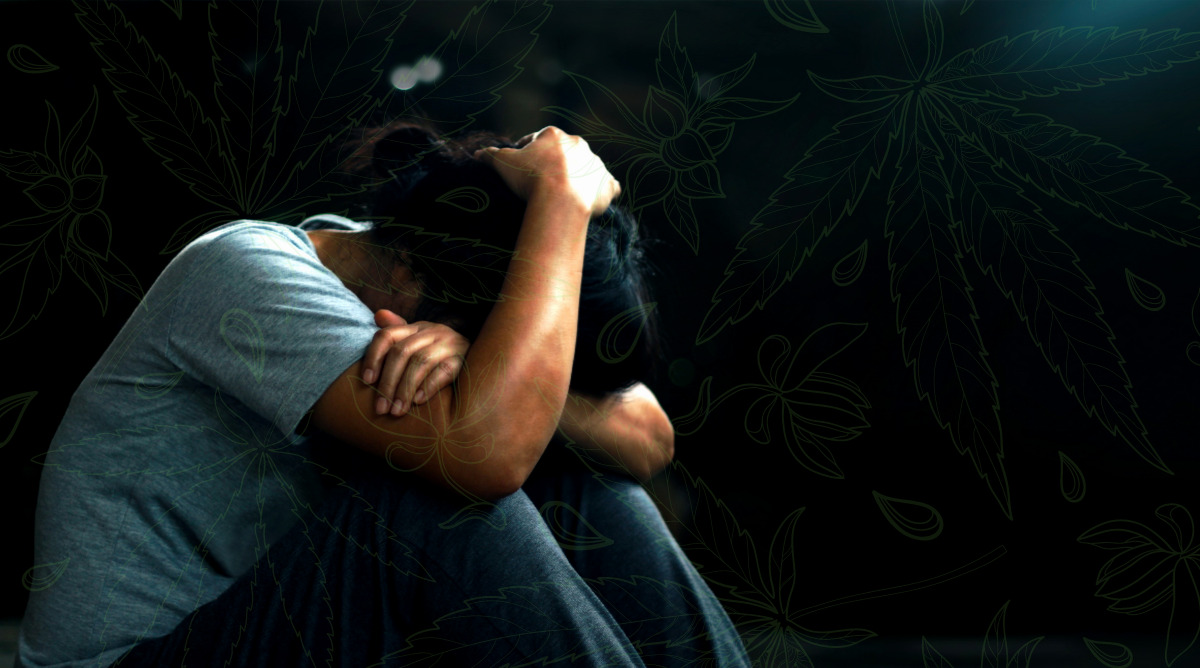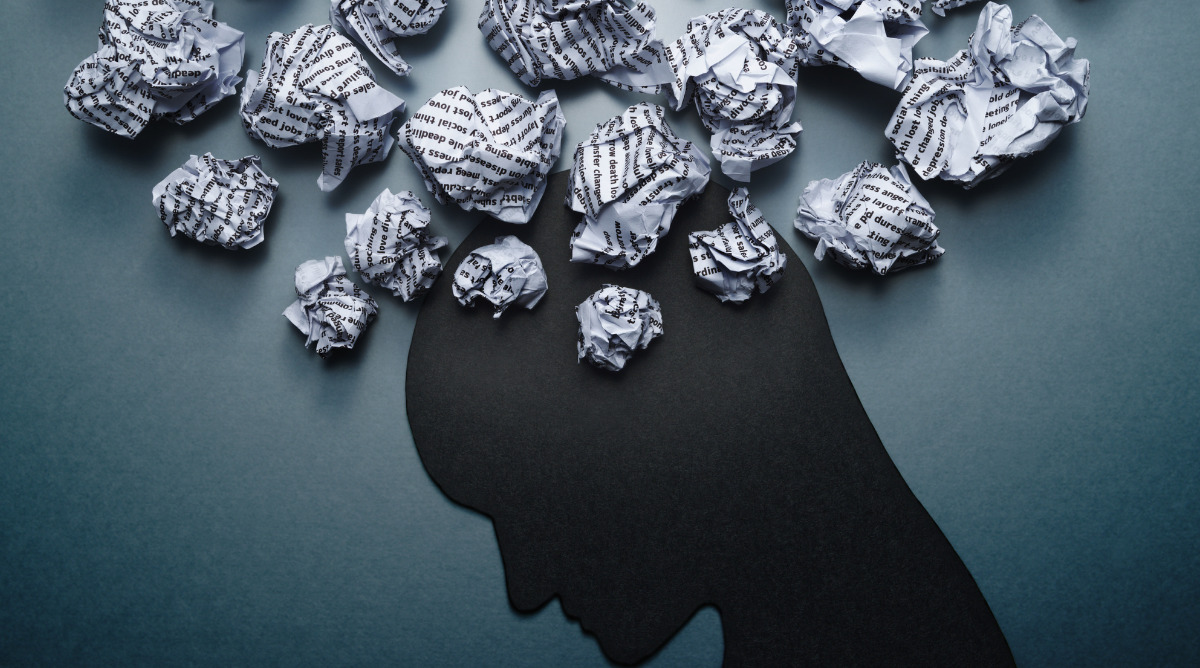
In North America, we have come a long way in the past fifty years toward understanding the importance of mental health. And supporting individuals who experience moderate to severe symptoms of anxiety and depression.
Medical cannabis programs in many states include depression and anxiety as qualifying health conditions. That is because there are some studies that suggest cannabis (specifically Sativa strains) can be helpful to reduce (or even temporarily resolve) stress, depression, and symptoms.
Many people who have been diagnosed with clinical depression or anxiety, take prescription medication. Doctor-supervised treatment plans can include medications like anti-depressants like Celexa, Zoloft, Lexapro, Paxil, or Prozac. Some patients, however, find the side-effects of anti-depressants to be equal to, or worse than the symptoms of depression.
If you have thought about using medical cannabis to help with seasonal affective disorder (SAD), it may be an option for you. The most important thing to remember is that SAD is not an imagined thing. It is a clinical mental health condition, and there are many treatment options available.
There is a form of depression called seasonal affective disorder (SAD). It is a clinical condition that is listed in the Diagnostic Manual of Mental Disorders (DSM). It is a medical condition, which is different than having clinical depression in some ways.
When someone is diagnosed with clinical depression, it is a persistent pattern of symptoms. Some of the symptoms that patients can experience include insomnia, headaches, body aches, mood variances including irritability, and low energy. Clinical depression can also increase or decrease your appetite and contribute to unwanted weight gain or loss.
Seasonal affective disorder can happen at any time of the year. However, it most commonly occurs within the winter months, from December through March. Researchers believe that exposure to less sunlight can trigger or complicate the symptoms and make them worse.
One of the misunderstandings about seasonal affective disorder is that you have to be diagnosed with depression first, before experiencing symptoms. While people who struggle with clinical depression can see their symptoms get worse because of SAD, you don’t have to have depression to experience the associated conditions.
That also means that people who do not discuss symptoms of depression with their physician can go untreated and unsupported. Seasonal depression is also believed to contribute to higher rates of suicide and self-harm that statistically peak from December to March annually.
If you are experiencing symptoms that are not normal to you or struggling with severe symptoms, you should speak to a physician. There are many therapeutic options to treat SAD, and medical cannabis can be one of them.

January and February represent a significant shift in mental health for many people. You see, the joy and business of the holiday for most people helps distract from other things. The average person will have events to get to, work and family gatherings, gift-giving, feasts, and all the preparatory work that goes into them.
When you are feeling low emotionally, those things can provide some temporary relief. But after the holidays are over, symptoms of depression can return. And again, you don’t have to be clinically diagnosed with depression to experience them.
Seasonal affective disorder is more serious than the “January Blues.” According to the Mayo Clinic, some of the common signs of (SAD) include:
You know what normal feels like, in terms of your emotions. And with seasonal affective disorder, that normal state can be hard to remember. Many people hesitate to talk about these feelings with family or friends, or with a medical provider. But it is important to get that help, because there are many options that can improve the symptoms. And make you feel better.

If you have never used cannabis medicinally, you may have a lot of questions. Like, how does cannabis help improve symptoms of depression? Do I have to “get stoned” to get relief from my feelings of depression and anxiety?
If medical cannabis is legalized in your state, it is an option you can discuss with your doctor. And if your primary care physician doesn’t endorse the use of cannabis for mental health symptoms, try talking to another physician who does.
Some people may have underlying health conditions that make cannabis less safe to use, therapeutically. That is why it is important to consult with a physician first. Even if recreational cannabis is legal in your state. You need to have that conversation and health history review. It is also a mandatory step to becoming a medical cardholder, and registered patient in your state.
If you already have a medical card, using cannabis to address mood disorders is a little bit different than using it for other symptom management needs. Like chronic pain, for example. Most people choose a Sativa strain to help with mental health disorders.
Getting “stoned” or incapacitated after using cannabis is usually not the goal. And it’s not necessary to use a lot of cannabis. Or high-potency cannabis either. Micro dosing or small amounts of cannabis during the day may help increase energy and reduce anxiety. Some strains of Sativa are also known to create feelings of ease, and happiness. Without feeling drowsy.
If you are applying for your medical card, your physician can suggest a treatment plan that could help. That may also include other forms of therapy specific to addressing seasonal affective disorder (SAD). That could mean light therapy, nutritional therapy (supplements and dietary changes) in conjunction with medical cannabis.
Patients that experience adverse reactions to prescription medications for anxiety or depression may choose to try cannabis. It may be a good option that has fewer side effects than many prescription drugs used to treat SAD. And in some cases, raw cannabis can be more economical than some pharmaceutical drugs.
No Information on MarijuanaDoctors.Com should be used to diagnose, treat, prevent or cure any disease or condition. You can view our Full Disclaimer here.